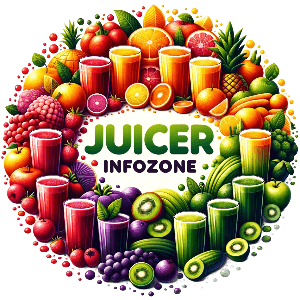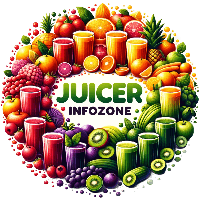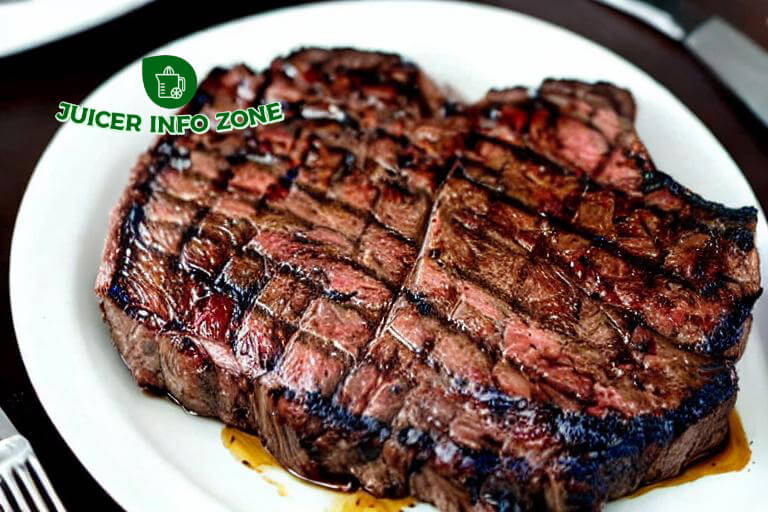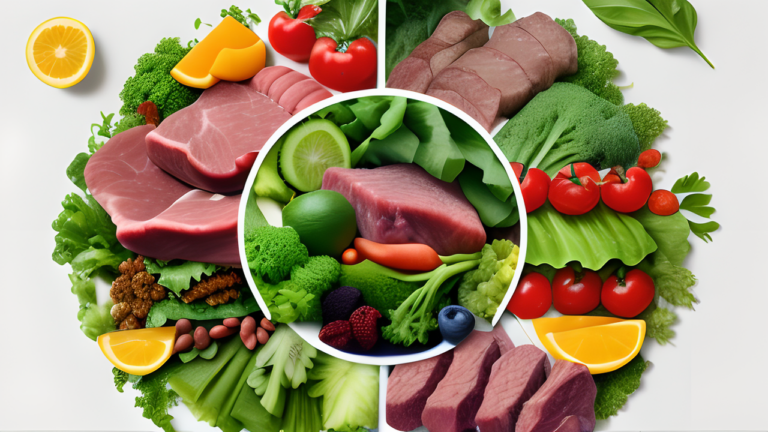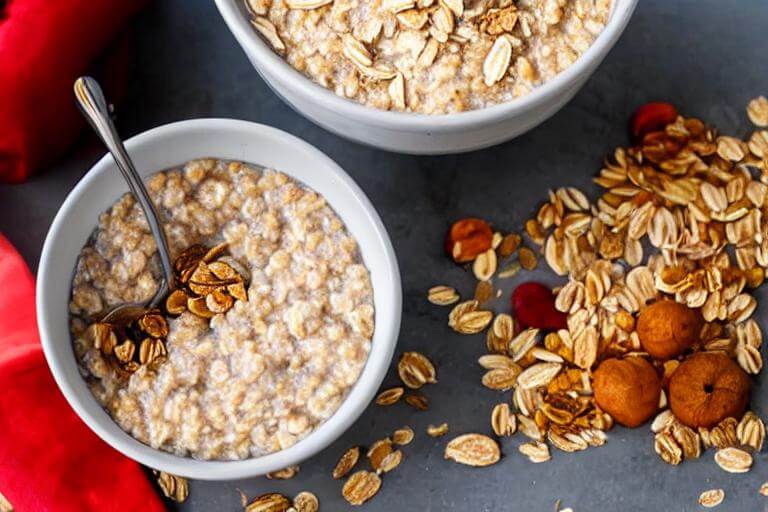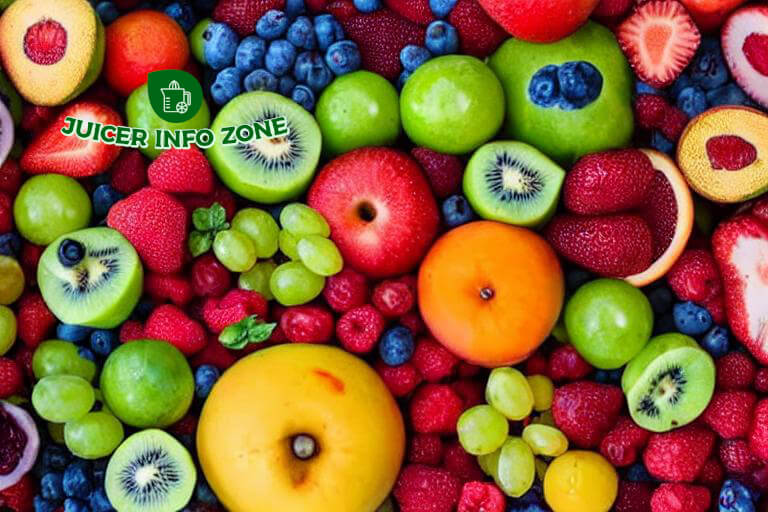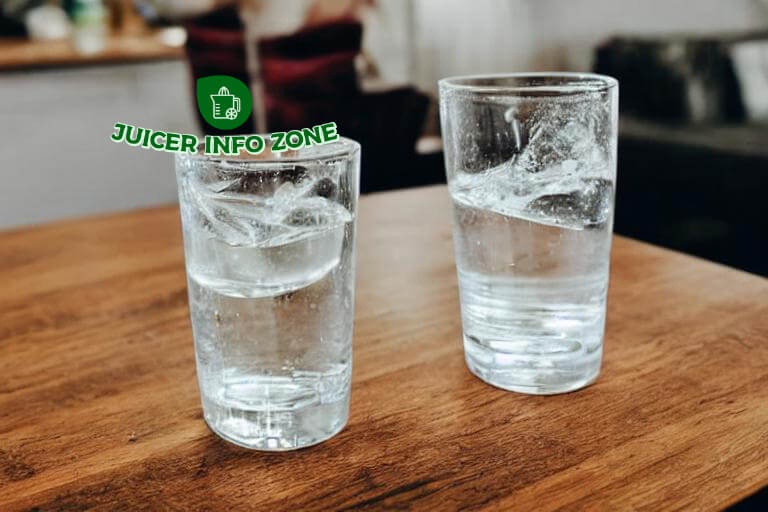What’s The Difference Between Juicing And Eating Vegetables?
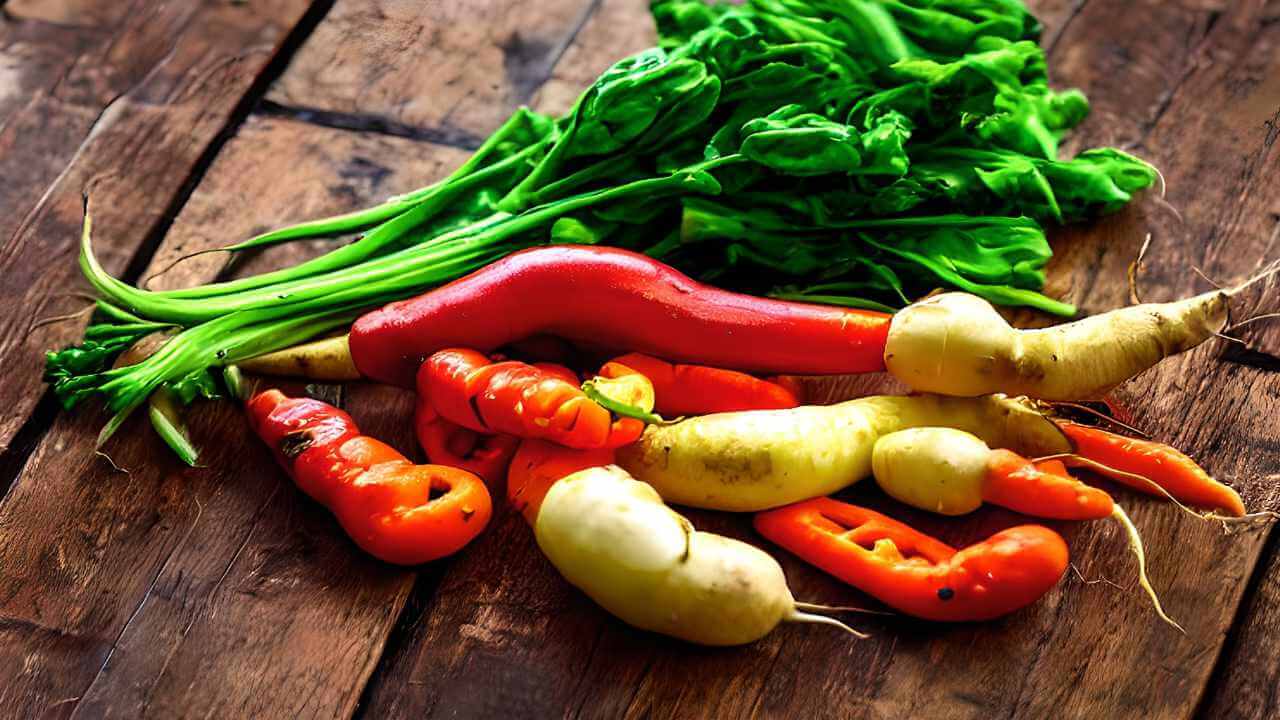
Many people these days rely heavily on liquid foods to meet their health nutritional needs. Beverages are often times our most common food group due to ease of consumption and taste. People enjoy drinking fruits juices, vegetable juices, protein shakes, water, and tea- all important nutrients for overall wellness.
There is actually little difference between those who refer to themselves as “juice drinkers” or “vegetable eaters”. All too frequently individuals use the term “drinking your vegetables” to describe what they do. This isn’t necessarily wrong, but it can be misinterpreted.
Most people when talk about “drinking your veggies” mean either making a pure vegetable juice or consuming raw produce whole through juicing or eating. Both of these strategies are great ways to get some needed vitamins into your diet, but there is a big difference in how each one impacts your body.
This article will discuss the differences between dry fruit and vegetable snacks, fresh vegetable salads, and fresh vegetable and fruit juices. We’ll also look at why having enough vitamin D in your system is so important and how different types of beverages affect your stomach.
Health benefits of juicing
Recent studies show that drinking your daily glass of juice is an excellent way to improve your overall health. More and more research indicates that some juices may even play a key role in weight loss.
Many people get stuck with only having fruits as part of their diet, which is totally fine when it comes to berries or apples, but what about carrots? Or cucumbers?
Some experts suggest adding a few vegetables to your diet every day to ensure you are getting enough nutrients. And although most of us already eat several servings per week, going beyond that can make a big difference in your health.
There are many different types of juices, so instead of just thinking about whether or not milk is included, think about how much watermelon would fit into that drink limit.
Watermelons are rich in lycopene, a carotenoid that may help reduce risk of cancer. While there have been no clinical trials looking at the effects of lycopene on weight loss, researchers do know that antioxidants like lypopence can lower inflammation, which is linked to both overweight and obesity.
That said, they also note that because of its high sugar content, eating too much fruit juice could be counterproductive to weight loss.
Tips for juicing
When starting to juice, it is important to understand what kind of liquid you want your drink mix to have. You can choose to add water as needed, plain unsweetened coconut milk, or just use purified water.
You do not need to add any additives to your juices unless instructed to in the instructions given to make the product. There are some brands that include BPA (bisphenol-A) when buying canned juices, however, these are mostly watery products so this does not matter here.
Do not ingest dried fruits or vegetables while drinking your juice because these will take longer to digest and could potentially cause an allergic reaction or intestinal blockage. These also cannot be consumed raw like berries and carrots due to possible toxins.
When eating veggies, people sometimes forget how many calories they contain. It is best to prepare them using either cooking methods or by washing then drying and putting into a blender to make a puree.
What vegetables should be juiced
One of the great things about eating fruits and veggies is that you can mix and match them with no restrictions. For example, if you want to drink a glass of green juice, you can just slice up some carrots and cucumber and blend away!
Many people begin experimenting with juices by only adding one or two ingredients. But why not try making something more complex?
There are several reasons why it’s important to experiment with mixed-juice recipes. First, most health experts agree that all fruits and vegetables have benefits. By combining different foods in liquid form, you’re able to consume more of each vegetable and fruit than you could when they were dried down.
Second, creating your own juices allows you to control what goes into them. You can choose to include lots of red berries, for instance, or none at all. And you can always add extra vitamin supplements if needed.
What fruits should be juiced
Fruits that need to be pressed down or squeezed can sometimes taste bitter, even for most people. This is because of natural chemicals in the fruit.
Some of these chemical compounds are needed to help keep the plant alive, so they factor into how food tastes.
But you don’t have to worry about this when it comes to juices! Because we drink our juice directly, your body doesn’t have the chance to taste all of the flavor components of the fruit.
That means no matter what kind of fruit you use, your health will still benefit from drinking its juice.
One of our favorite healthy fruity drinks is the Kale-Tonic Juice. It is made of one cup each of kale, cucumber, and green apple chunks mixed with two tablespoons of liquid glucose (or sugar water) and filtered through a glass milk bottle.
Store juicing equipment
Now that you have your blender or juice maker, what next? You will want to find some sort of container in which to store your juices!
There are many great brands of storage containers that work just as well as expensive ones would. They are not too pricey, however, making them very accessible to most anyone.
The best type of container is one that has an airtight seal. This helps preserve the nutrients in the liquid and also prevents oxidation, flavor loss, and bacteria growth.
Bulk foods stores and food supply companies often give away empty glass or plastic bottles to recycle or re-use. Sometimes these materials can be converted into new bottle caps or plastic sheets.
By donating your old juice glasses or seals, you help promote sustainable green practices while still getting something back from it.
Tips for creating your own juice
Now, let’s talk about how to make your own juices at home! First, you’ll want to choose between watermelon or citrus as your liquid.
Watermelon is an excellent source of lycopene, a powerful antioxidant that may help prevent oxidative damage in the body. It also contains citrulline, which helps flush out excess sodium from the blood.
Citrus like oranges, lemons, and limes are rich in vitamin C, another important antioxidant.
You can mix these two liquids together and drink it yourself or have someone else do it for you. Make sure to use a strong blender so that everything gets mixed properly and you don’t end up with pulp left over.
Juice combinations
Many people choose to start with more complex juices, usually made of several fruits or vegetables. These are referred to as juice combos or fruit-veggie drinks.
Many people begin by mixing two or three raw fruits together in a blender to create their first drink combo. They then slowly add other ingredients like water, milk, or coconut oil until they get a smooth consistency.
These recipes have become very popular due to how many benefits you can gain from them. Some of these include improved skin health, weight loss, digestive wellness, and more.
While it is great to know that drinking your veggies is good for you, making your own juice combos may be too much at first. That’s totally fine!
We recommend starting off by trying our Best Spinach Drinks and Fruit Combos, which are both easy to make and excellent aids for improving your overall health. – Mayo Clinic
Brene Brown says, “Authenticity is overrated.” In her book Rising Above It, she talks about how important it is to put in the effort to really feel what you’re feeling before changing something about yourself.
I agree with this theory and will add that it’s also worth it to try new things, even if you don’t fully understand the effects of those changes yet.
Nutrition facts for juices
Many people refer to fruits as a juice, but this term is not defined clearly. For example, most oranges are considered a fruit, but they are also made of around 70% water. Therefore, it can be tricky to classify an orange as a pure liquid or solid food.
The same goes for carrots and other vegetables such as cucumbers and celery. They are usually categorized as a vegetable, but they contain significant amounts of protein and carbs that make them more complicated to define.
Since there is no clear definition of what makes something a “juice”, it may be difficult to compare the nutritional value of one type of drink to another. This could contribute to individuals thinking that drinks are always better than eating vegetables and fruits.
It is important to know the differences between drinking only liquids and eating several foods, so that you don’t underestimate the importance of nutrition when deciding how to spend your time.
